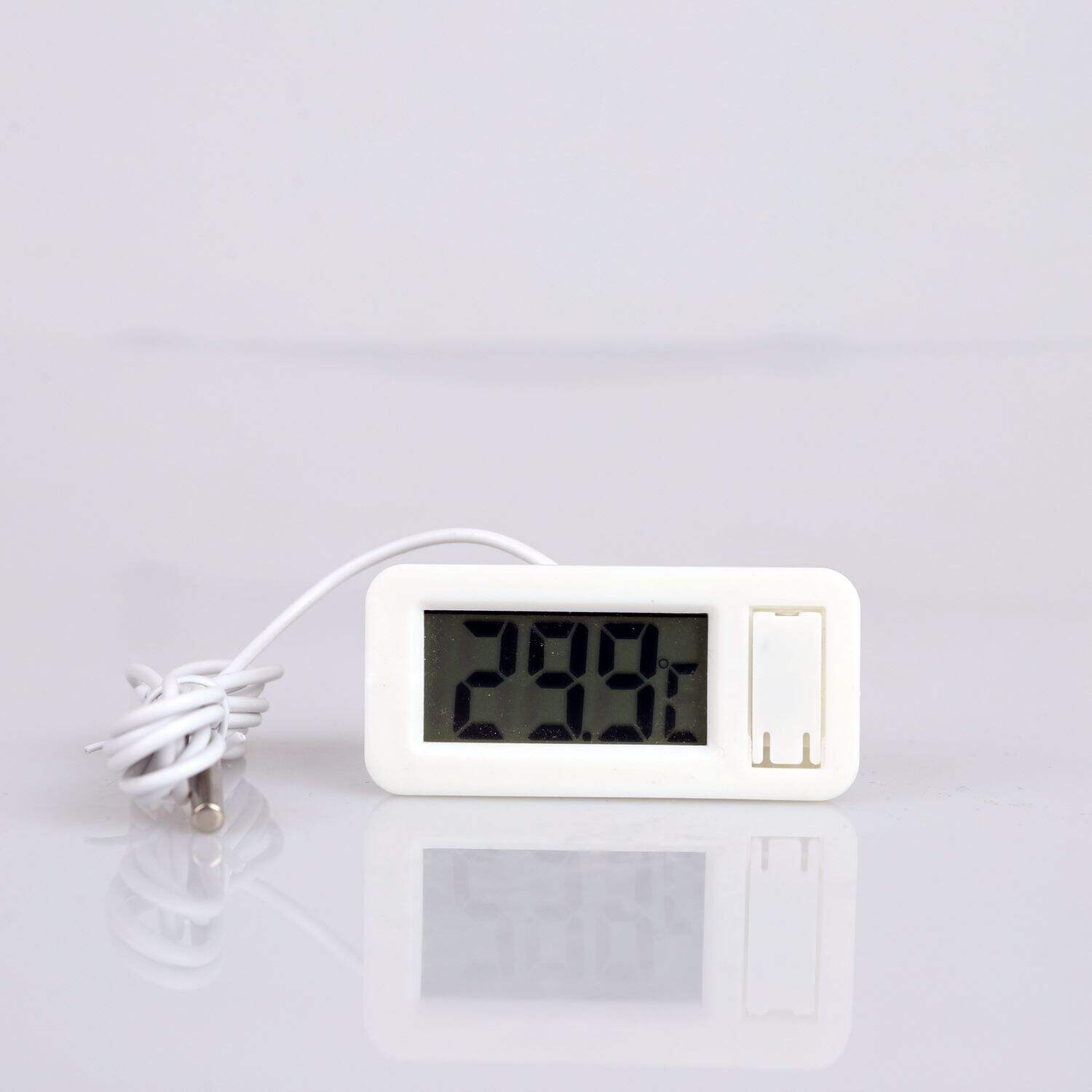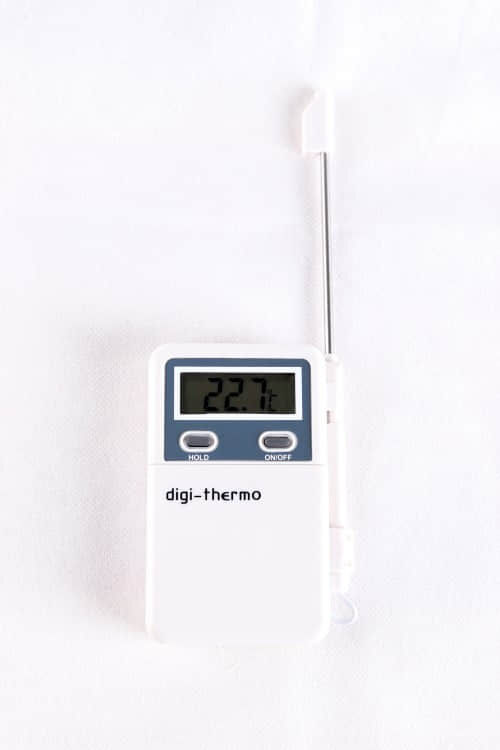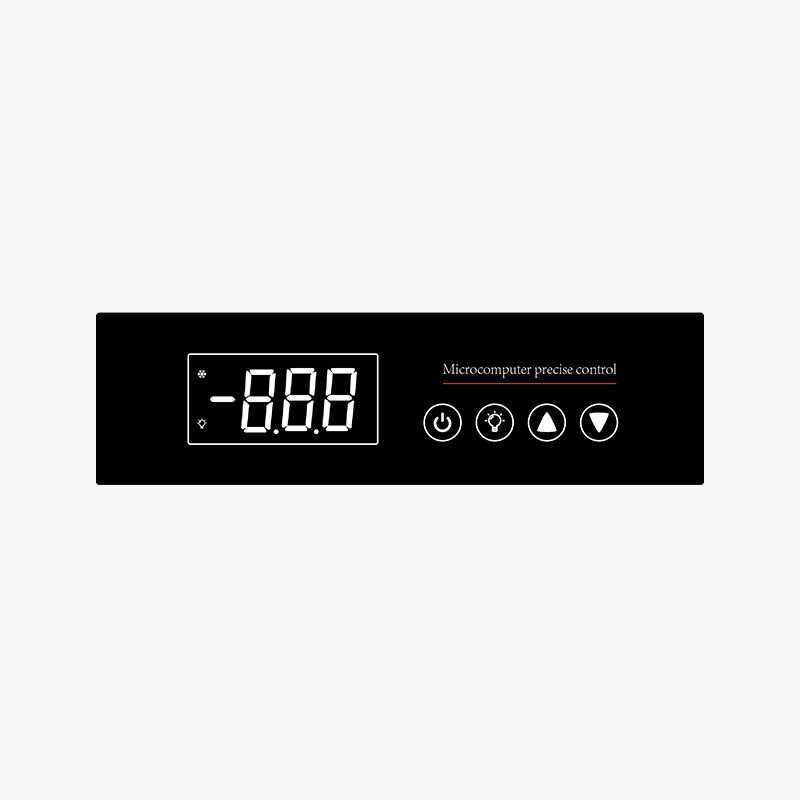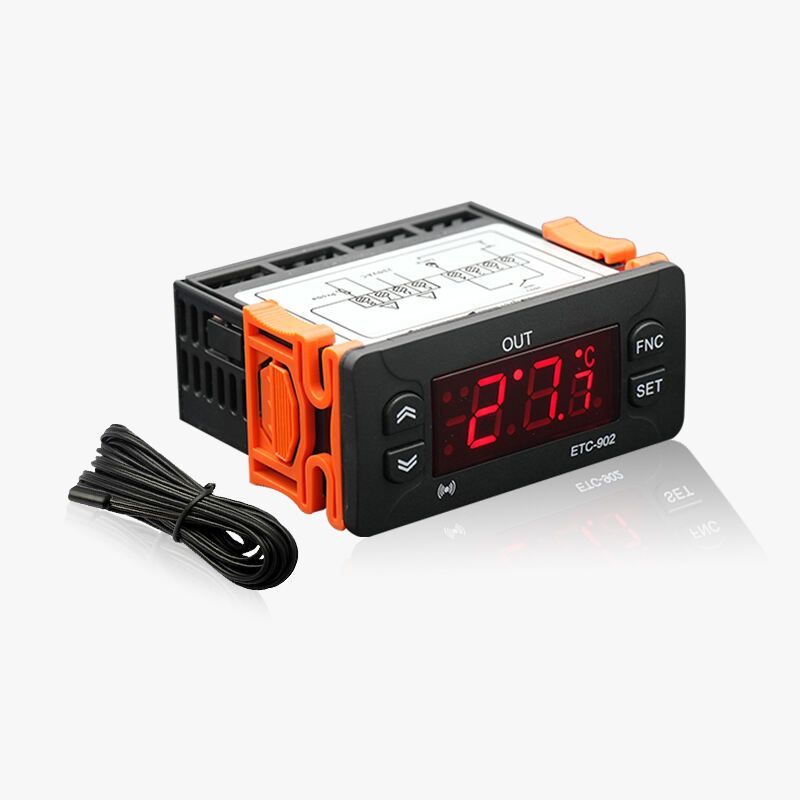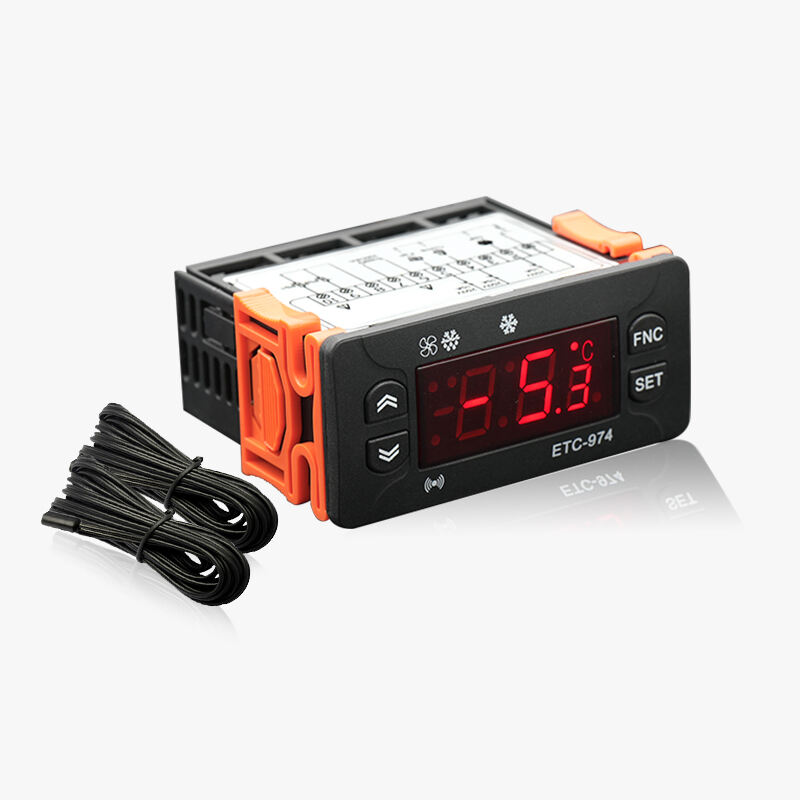Intelligent Learning and Adaptation
The smart temperature control system's intelligent learning capability stands out as a groundbreaking feature that transforms how climate control operates in modern spaces. This sophisticated system employs advanced machine learning algorithms to analyze user behavior patterns, temperature preferences, and daily routines over time. It continuously collects data about when occupants are typically present in different areas, their preferred temperature settings during various times of the day, and how quickly the space heats up or cools down under different conditions. This accumulated knowledge enables the system to make predictive adjustments, anticipating needs before they arise. For example, it can begin cooling a bedroom before bedtime or warming up the kitchen before the usual breakfast preparation time. The system also factors in external variables such as weather forecasts and seasonal changes to optimize its performance proactively.



